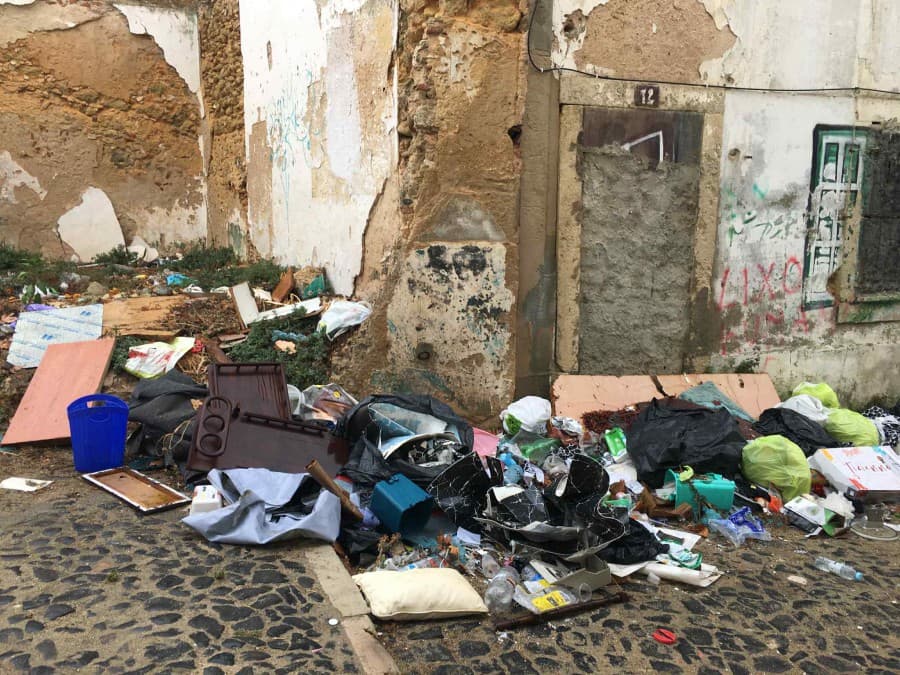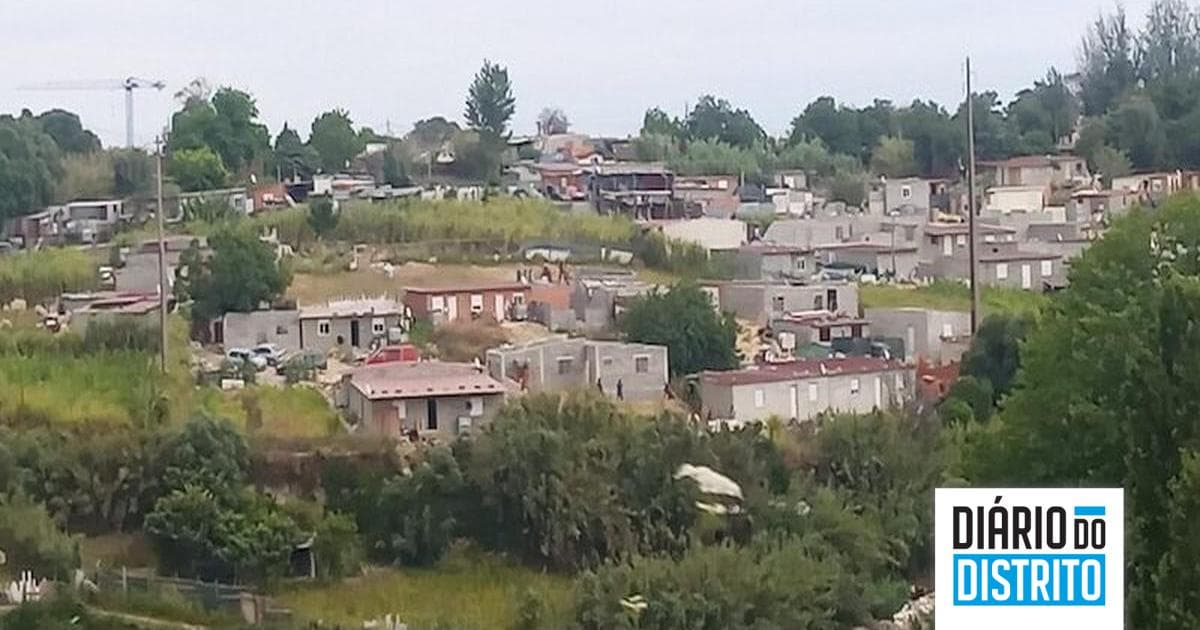Lisbon's Laranjeiras-Campo Grande Area Sinking 7mm Annually, Study Finds
A new report on geological conditions in the Portuguese capital has revealed that areas of Lisbon are experiencing significant land subsidence, a phenomenon of ground sinking that poses a direct threat to property and infrastructure. An academic study, “Land Subsidence in Lisbon Area,” has brought the issue to the forefront, identifying an average subsidence rate of 7 millimeters per year in the densely populated urban axis between Laranjeiras and Campo Grande. This gradual but persistent settlement is linked to a combination of local geotechnical characteristics and the intensive exploitation of underground resources, including water.
The announcement of these findings has drawn attention from urban planners and engineers, who warn that the cumulative impact of such a rate could be severe. Over a single decade, a 7mm annual decline amounts to 7 centimeters of settlement, a displacement significant enough to cause structural stress on building foundations, potentially leading to cracks and long-term instability. Furthermore, underground infrastructure, such as sanitation pipes, water mains, and telecommunication cables, is highly vulnerable to damage from this slow-moving ground deformation, which could result in costly repairs and service disruptions for residents and businesses in the affected zones.
The timeline for addressing this issue is becoming a key point of discussion among municipal authorities. While the sinking is a gradual process, its effects are permanent and can be exacerbated by new construction and continued resource extraction. The study serves as a critical alert for the Lisbon municipality to integrate subsidence risk into its long-term urban development and planning strategies. The phenomenon is not isolated to Portugal; major global cities have faced similar challenges, with Tehran, Iran, reportedly considering relocating its capital due to severe subsidence exceeding 20 centimeters per year in some areas, driven by the over-exploitation of aquifers.
The impact on local residents and property owners in Lisbon is a primary concern. The Laranjeiras-Campo Grande area is a hub of residential and commercial activity, with thousands of apartments, offices, and public facilities. The stability of these structures is now under scrutiny, and property owners may face future costs related to structural assessments and potential reinforcements. The study emphasizes that the risk is most pronounced in densely built-up areas and coastal zones, where the combined pressures of urbanization and potential sea-level rise create a complex and challenging environmental problem.
Infrastructure improvements will be necessary to mitigate the risks. This includes reinforcing existing structures and ensuring that new developments are designed with soil stability and subsidence potential in mind. The use of advanced monitoring technologies like Interferometric Synthetic Aperture Radar (InSAR) is being recommended as a fundamental step to create a detailed cartography of vulnerable zones across the city. This would allow for a more proactive and data-driven approach to managing the risk, rather than a reactive one after damage has occurred.
The funding for such large-scale monitoring and reinforcement projects has not yet been detailed, but it would likely require a combination of public investment and potentially new regulations for private developers. The study's authors suggest that a comprehensive strategy is needed, involving collaboration between government bodies, engineering firms, and the insurance industry to develop a resilient framework for the city's future.
Need Expert Guidance?
Get personalized insights from verified real estate professionals, lawyers, architects, and more.
Community consultation will be a vital part of the process moving forward. Residents and business owners in the identified risk zones will need to be informed about the findings and the potential implications for their properties. Public information campaigns and accessible geological risk maps could empower property owners to make informed decisions and engage with municipal authorities on mitigation plans. The feedback from these consultations will be crucial in shaping a response that is both effective and socially equitable.
An environmental impact assessment of ongoing and future urban development projects in Lisbon will likely need to be updated to include specific analysis of subsidence risk. This includes evaluating the impact of large-scale construction, new transport tunnels, and groundwater management policies. The goal is to ensure that future growth does not accelerate the problem but instead contributes to a more stable and sustainable urban environment for generations to come.
The local business community and commercial property owners are also watching the situation closely. The long-term value and safety of commercial real estate in the affected areas could be impacted if the issue is not addressed. Proactive measures and clear communication from authorities will be essential to maintain investor confidence and ensure the continued economic vitality of these key Lisbon neighborhoods.
The study also touches upon the complexities of insurance coverage for subsidence. Standard multi-risk policies in Portugal may cover “Aluimento de Terras” (Landslide) of natural origin, but often exclude subsidence caused by human activities like water extraction. This creates a potential protection gap, leaving property owners to bear the financial burden of repairs. This detail underscores the need for property owners to review their insurance policies and for a broader dialogue between insurers and regulators on how to adequately cover this growing risk.
The long-term vision for managing this challenge involves a multi-faceted approach that combines technological monitoring, updated building codes, responsible resource management, and public awareness. The invisible threat of subsidence requires a visible and robust response to safeguard Lisbon's future. The findings from the “Land Subsidence in Lisbon Area” study are not an endpoint but a critical starting point for a city-wide effort to build a more resilient foundation.
Discover emerging areas and local opportunities at realestate-lisbon.com.





